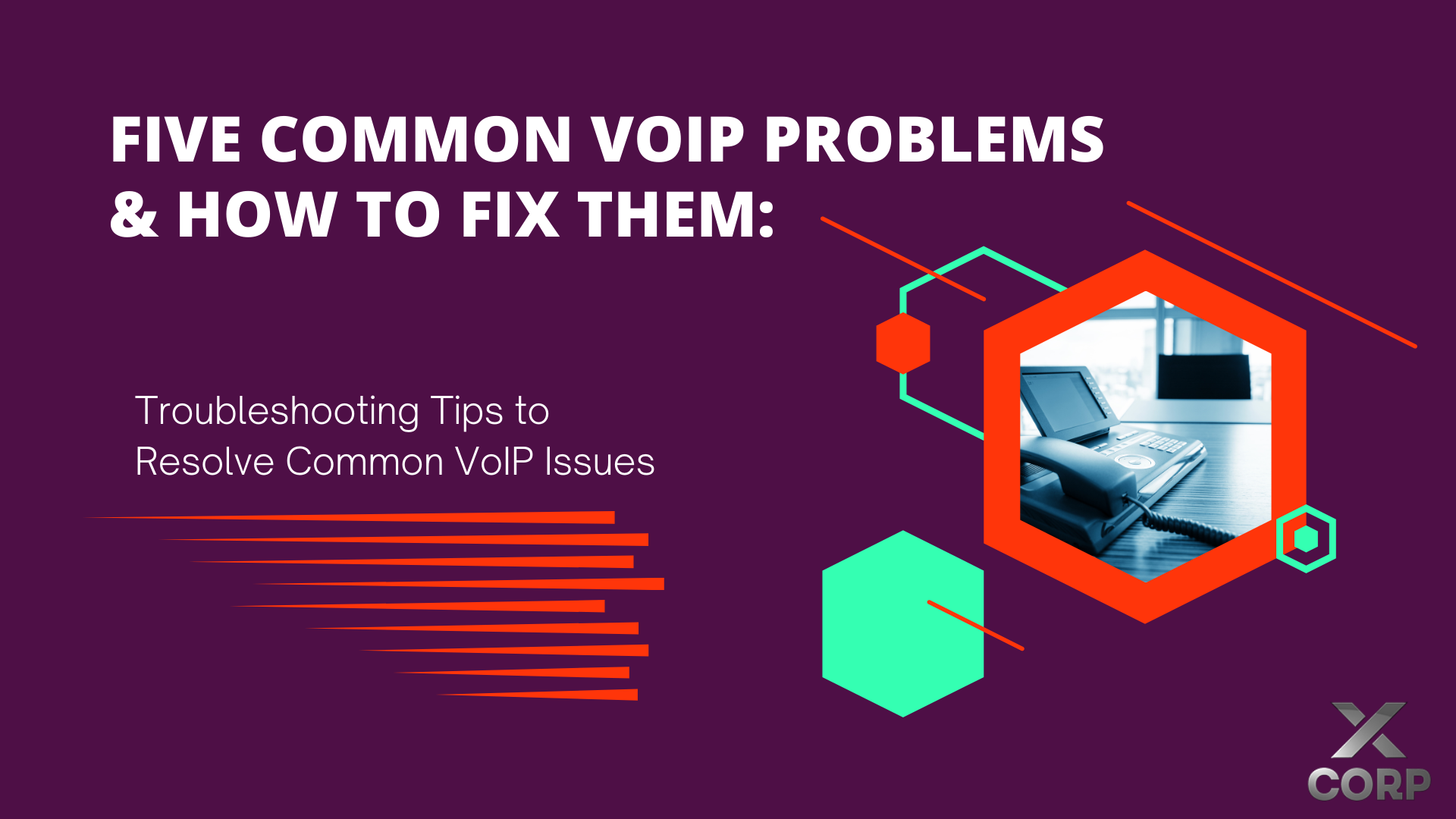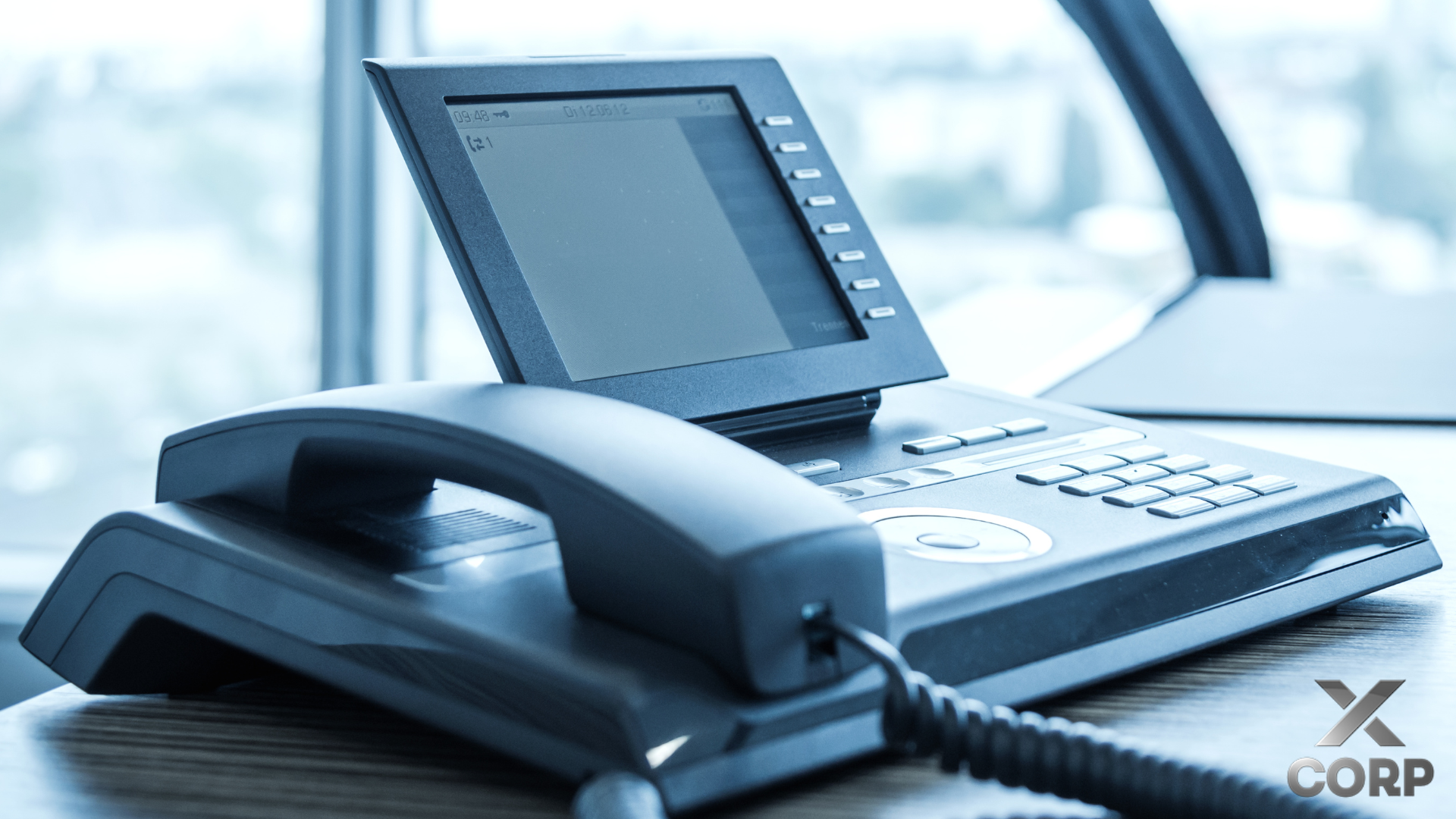
VoIP technology has revolutionized communication for businesses, offering cost-effective and efficient solutions. However, like any technology, VoIP systems can encounter problems from time to time.
Below we touch on some simple troubleshooting tips to help you resolve common VoIP issues quickly and get back to smooth communication.
Five Common VoIP Problems & How to Fix Them:
1. Poor Call Quality
- Check your internet connection: VoIP quality heavily depends on your internet connection. Make sure you have sufficient bandwidth and a stable connection.
- Prioritize VoIP traffic: If other applications are consuming bandwidth, consider using Quality of Service (QoS) settings on your router to prioritize VoIP traffic.
- Update equipment: Outdated routers or VoIP equipment can lead to call quality issues. Ensure all hardware and software are up to date.
2. Choppy or Dropped Calls
- Restart your equipment: Sometimes, a simple restart of your router, modem, or VoIP phone can resolve connectivity issues causing dropped calls.
- Check for interference: Wireless networks or electronic devices nearby can interfere with VoIP signals. Move away from potential sources of interference or switch to a wired connection.
- Adjust codec settings: Experiment with different codec settings on your VoIP system to find the one that provides the best call quality with your network conditions.
3. Echoes or Feedback
- Reduce speaker volume: High speaker volume can cause echoes or feedback during calls. Lower the volume on your speakers or headset.
- Check microphone placement: Ensure microphones are not too close to speakers, as this can cause feedback loops. Adjust the positioning for better sound quality.
- Use echo cancellation: Many VoIP systems offer built-in echo cancellation features. Enable this option in your settings to minimize echo issues.
4. One-Way Audio
- Check network settings: Incorrect network configurations or firewall settings can lead to one-way audio issues. Verify that your network settings are configured correctly for VoIP traffic.
- Test with another device: If experiencing one-way audio, try using a different device or network connection to determine if the issue is specific to one device or network.
- Contact your service provider: If the problem persists, reach out to your VoIP service provider for assistance. They may need to troubleshoot further or adjust settings on their end.
5. Call Setup Failures
- Verify account credentials: Ensure that your VoIP account credentials (username, password, SIP server) are entered correctly in your VoIP device settings.
- Check firewall settings: Firewalls can sometimes block VoIP traffic, causing call setup failures. Adjust firewall settings to allow VoIP traffic or use a VPN to bypass restrictions.
- Test with another device: If experiencing call setup failures, try using a different VoIP device or softphone application to isolate the issue.
Remember, effective troubleshooting often involves a process of elimination. Start with the simplest solutions and gradually move to more complex ones if necessary. If you're unable to resolve the issue on your own, don't hesitate to seek assistance from your VoIP service provider, IT support team or ofcourse, contact us at
X-Corp.
By following these troubleshooting tips, you can
minimize downtime and ensure a reliable VoIP communication system for your business. Stay connected and productive with X-Corp's VoIP solutions!










